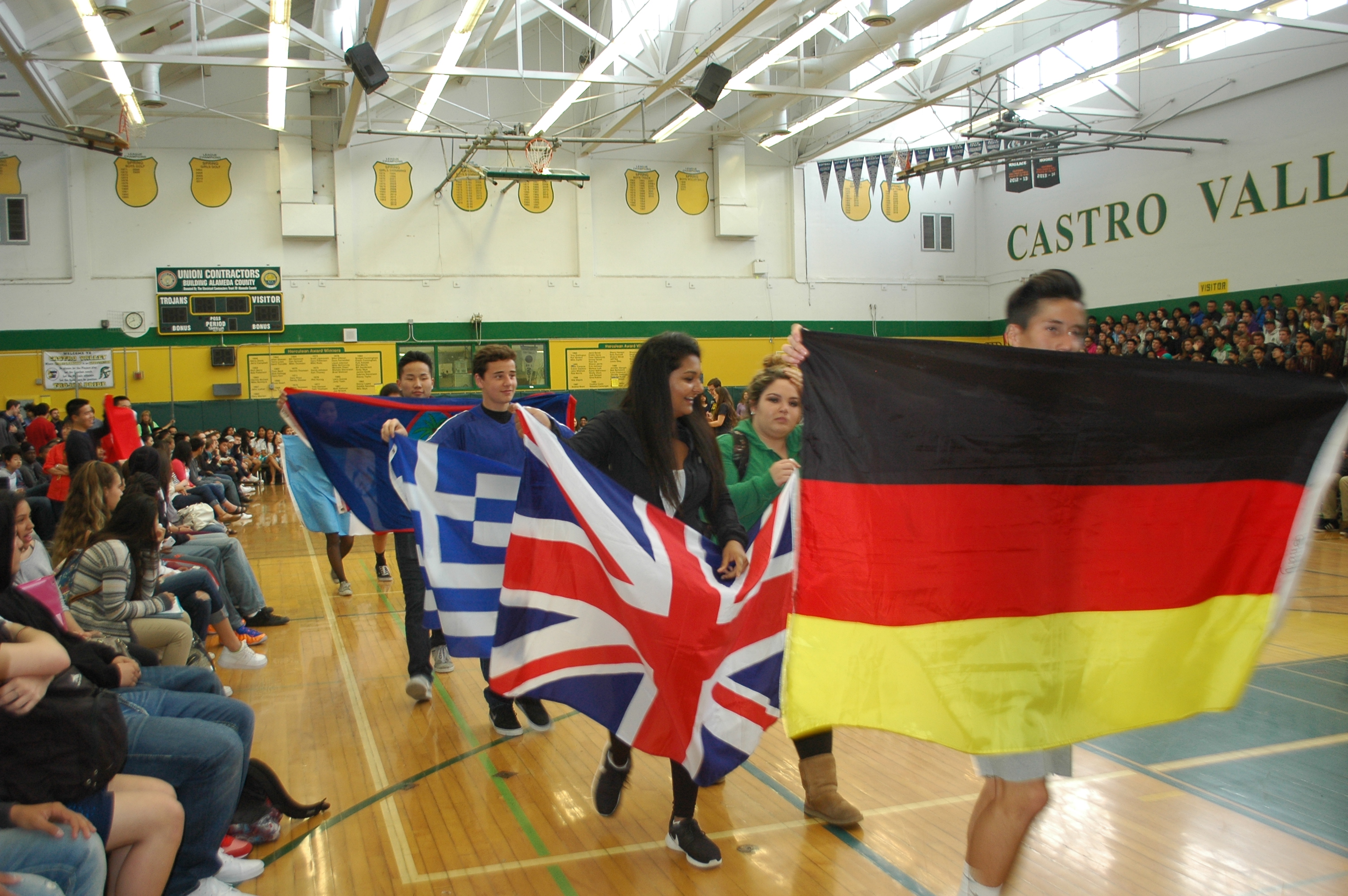Days of Diversity: Japanese American Internment
 America, home of the free? Not for some 120,000 Japanese American citizens during World War II.
America, home of the free? Not for some 120,000 Japanese American citizens during World War II.
Norman Hirose has an amazing story to tell. He’s lived in a horse barn in San Bruno, an internment camp in Utah, served as a US soldier in WWII, and survived it all to share his experience with CVHS students during Days of Diversity.
Hirose is a second generation Japanese American from Oakland. His story begins in April 1942, five months after the Japanese bombing of Pearl Harbor. Hirose and his family of six were forced to evacuate their home.
“They told us, ‘get ready to move out,’ and you could carry two suitcases,” he recalled.
In their two suitcases each, the family brought clothes, dishes, forks and spoons, and pots and pans.
From Oakland, Hirose and his family traveled to Berkeley, where Greyhound buses awaited; they had no idea where they were going. The buses ended up taking them to an assembly center called Tanforan in San Bruno. The “center” was actually a remodeled horse racing track and their family of six had to live in a horse barn with only a lightbulb and a few cots, no water, toilet, or kitchen.
“That’s where I lived for about four months,” Hirose recounted. “It was not particularly nice smelling,” he said with a chuckle.
In October 1942, Hirose was 14. He and his family were relocated to a “war relocation center” in Topaz, Utah. He remembered when they were leaving San Bruno, they were surrounded by soldiers with rifles, and they had no idea where they were going. The Topaz camp consisted of blocks of residential barracks, with twelve barracks in each block. Typically each barrack was about 16 feet long and 12 feet wide for a smaller family, but Hirose’s larger family received a barrack that was 16 feet long and 20 feet wide. The barrack had six beds and a small window that was not very sturdy.
“It was cold in the winter and dusty in the summer,” said Hirose. Each block had one kitchen, one bathroom, one dining room, and one laundry room. There was also a high school and a hospital on the camp, and guard towers with armed guards positioned at every corner of the camp. The guard towers killed one man in the whole existence of the camp. Hirose lived at Topaz for three years, graduating from the camp high school in 1944. He left the camp in 1945 and was shortly moved to a prisoner of war camp in Santa Fe.
In December 1944, the Supreme Court case of Korematsu v. United States deemed the incarceration of Japanese Americans illegal. The Japanese, however, were not fully released until April 1946. Each person was given $200 for transportation, “and that was it,” said Hirose. Many Japanese found their homes and businesses had all been taken over.
“This wasn’t the first time it’s happened in American history, the evacuation of groups by race,” commented Hirose.
He decided to return to Berkeley, but upon his return was immediately drafted into the US Army and sent to Germany. Hirose arrived in Europe as Germany was surrendering, so he didn’t have to do much fighting. He traveled a lot in Germany and France, then returned to the Bay Area and attended the University of California, Berkeley.
Hirose concluded his presentation with the words, “I tried to tell you guys what happened, but I hope you will figure out for yourselves why it happened.”

